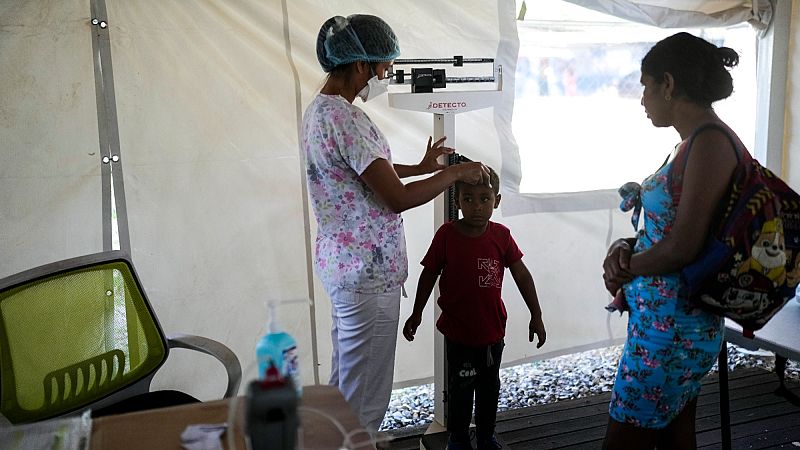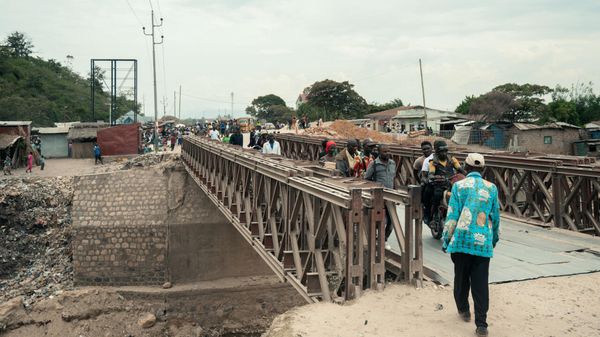
The world was making strides to curb child mortality and narrow health disparities between wealthy and poor nations – but progress has slowed and is now backsliding in some cases, global health authorities warned in a new report.
The analysis from the World Health Organization (WHO) called for action to address the political, economic, and social factors that shape health and drive inequalities.
It is the first of its kind since 2008, when the group set a handful of global health goals for 2040.
The agency wanted gaps in life expectancy cut in half, both within and among countries; to reduce death rates by half among people ages 15 to 60; and to slash child mortality by 90 per cent and maternal mortality by 95 per cent.
But currently, at around the midway point to 2040, none of these targets are being met, the new report shows.
“There has been some progress narrowing health gaps between countries, but it is stalling,” Dr Sudhvir Singh, who leads the equity and health unit of the WHO’s social determinants of health department, said in a press briefing.
Gap in life expectancy
There’s still a 12.5-year longevity gap between the group of countries with the longest life expectancies and those with the shortest. By 2040, the WHO wants that gap narrowed to 8.2 years.
People in Japan can expect to live to 84.5, for example – 33 more years than those in Lesotho, where the average life expectancy is 51.5.
Meanwhile, the death rate among people ages 15 to 60 has fallen since the turn of the century, but it would need to plummet by another 56 per cent to meet the target rate of 91 deaths per 1,000 people.
When it comes to children under the age of five, mortality rates have “dramatically improved,” the report said, falling from 77 to 37 deaths per 1,000 live births between 2000 and 2023.
But the WHO goal says there should be only eight deaths per 1,000 by 2040, a level that will be difficult to reach.
Children born in poorer countries are still 13 times as likely to die before their fifth birthdays as those in wealthier countries, the agency said.
Major disparities within countries
Finally, while the global maternal mortality rate has fallen by 40 per cent since 2000, there are still 197 pregnant women or new mothers who die for every 100,000 live births, more than 12 times higher than the target rate of 16.
Even within countries, there tend to be major health disparities between the wealthiest and poorest people, the report said.
WHO officials cited broad social issues such as income inequality, the strength or weakness of public services, structural discrimination such as racism and gender inequality, social isolation and loneliness, climate change, conflict and displacement, and access to digital technologies as key drivers of health.
The report said that climate change, for example, could push up to 135 million people into extreme poverty over the next five years.
“There's a very positive return on investment” from addressing these issues, Singh said.
“And there’s a huge cost of inaction”.







